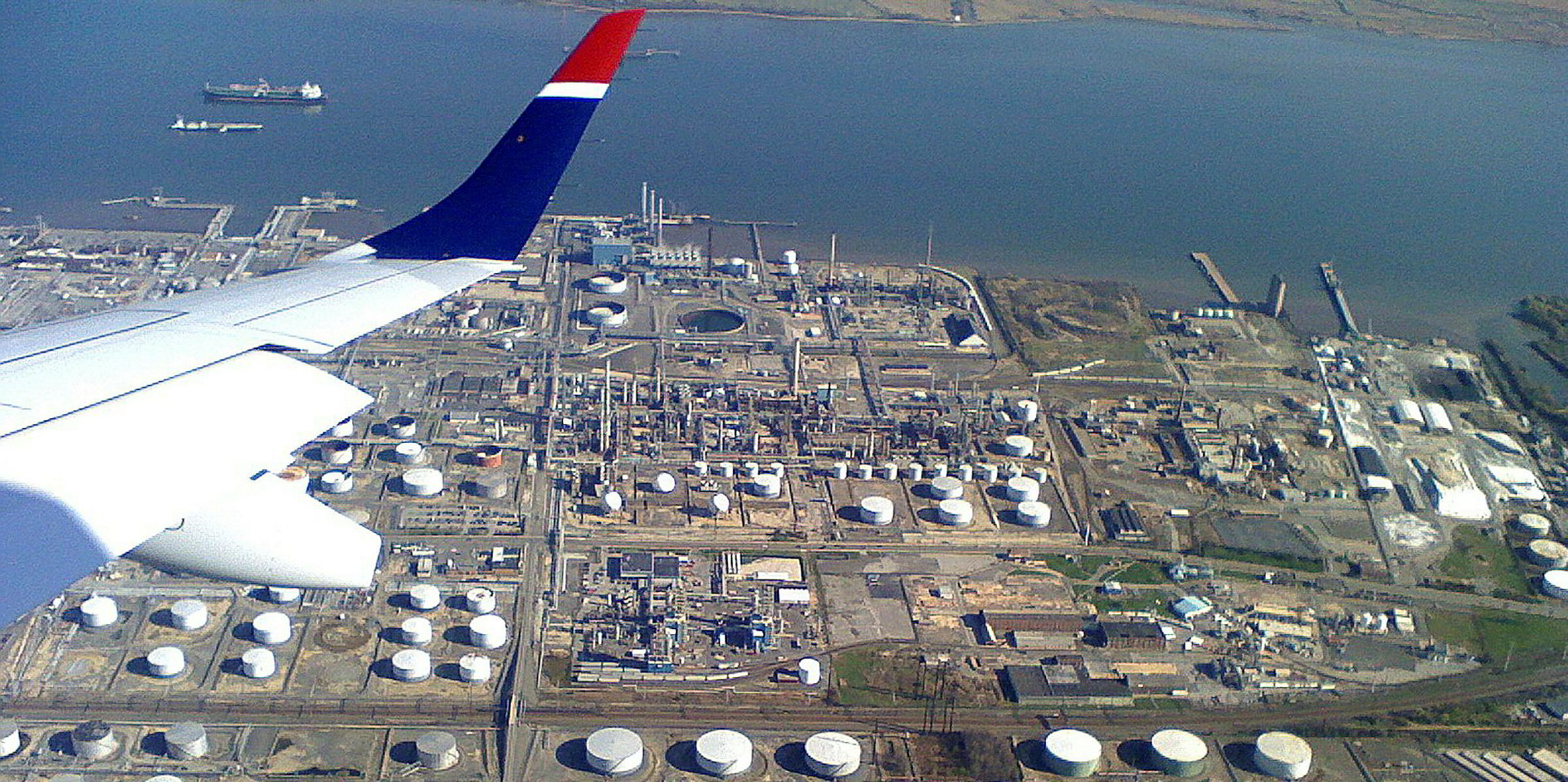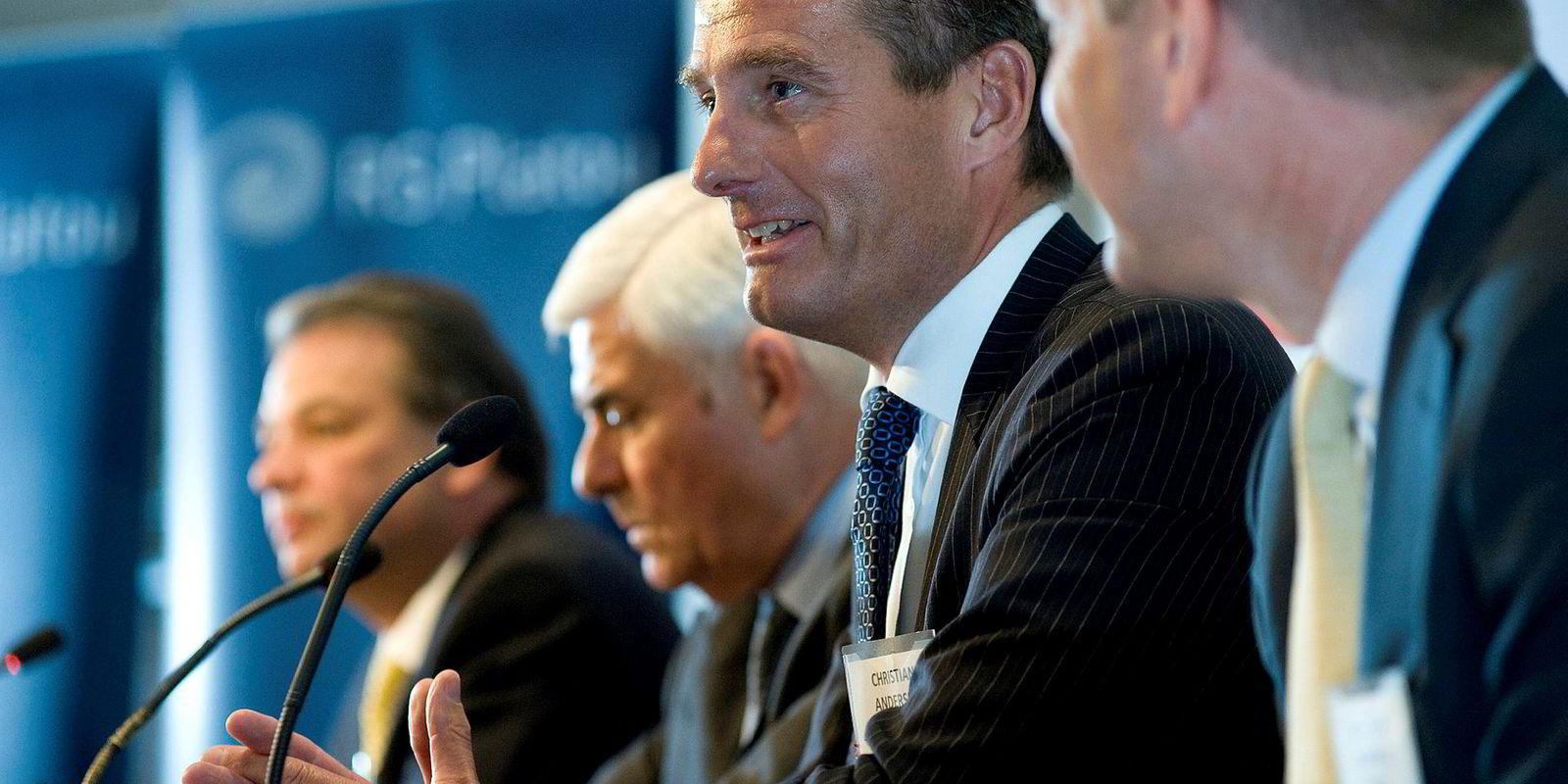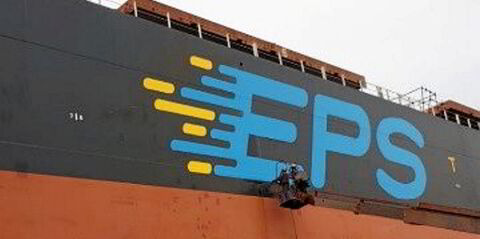Energy Transfer’s Mariner East 2 pipeline system, which would boost seaborne LPG exports from the Marcus Hook terminal when completed, is facing more delays with slower-than-expected construction works amid regulatory issues.
The project, composed of a 16-inch and a 20-inch pipeline, was originally scheduled to begin operation in 2017.
But Pennsylvania regulators halted its construction works numerous times on environmental and safety grounds.
Earlier this year, Energy Transfer had expected the 20-inch pipeline to begin service in the third quarter and the construction works of the 16-inch one to be finished in 2019.
However, StateImpact Pennsylvania last week reported the company would only finish building both pipelines in the fourth quarter of 2020, citing a company spokeswoman.
In order to meet initial customer orders for natural gas liquids, the company will join the completed sections of the two pipelines with an existing 12-inch pipeline in Delaware and Chester counties that was built in the 1930s.
Energy Transfer has started the amalgamation as an interim measure, with an eye on further expansion of the hybrid pipeline in the third quarter of next year, reported StateImpact, a National Public Radio project.
The pipeline is expected to have a smaller capacity than Energy Transfer planned for the Mariner East 2 project, but no exact figures were given.
When contacted by TradeWinds, Energy Transfer said in an email: “Mariner East 2 is not in service at this time, however, construction continues as we have just a few areas that were slowed down due to some regulatory issues we had to work through.”
“We will put the line in service as soon as it is mechanically complete,” the New York-listed firm said, without elaborating.
Delays in VLGC boost
Further ahead, shipping players will likely shift their attention to whether Energy Transfer can indeed raise exports from Marcus Hook with the hybrid pipeline.
When running at full capacity, Mariner East 2 is designed to transport 275,000 barrels per day of propane, butane and ethane from the Marcellus and Utica shale areas in western Pennsylvania, eastern Ohio and West Virginia to Marcus Hook and some inland offtake locations.
With limited storage facility in Marcus Hook, much of the transported volume is expected to be exported from Marcus Hook, boosting demand for LPG tankers in the US east coast.
Stifel estimated the development could lead to a 3%-4% increase in global LPG trade.
BW LPG, Dorian LPG and Avance Gas have all anticipated the pipeline would boost VLGC demand when it is up and running.
Last month, Clarksons Platou said in a report: “Most recently exports have gathered some momentum, although they still remain below expectations as Mariner East 2 remains delayed.”






